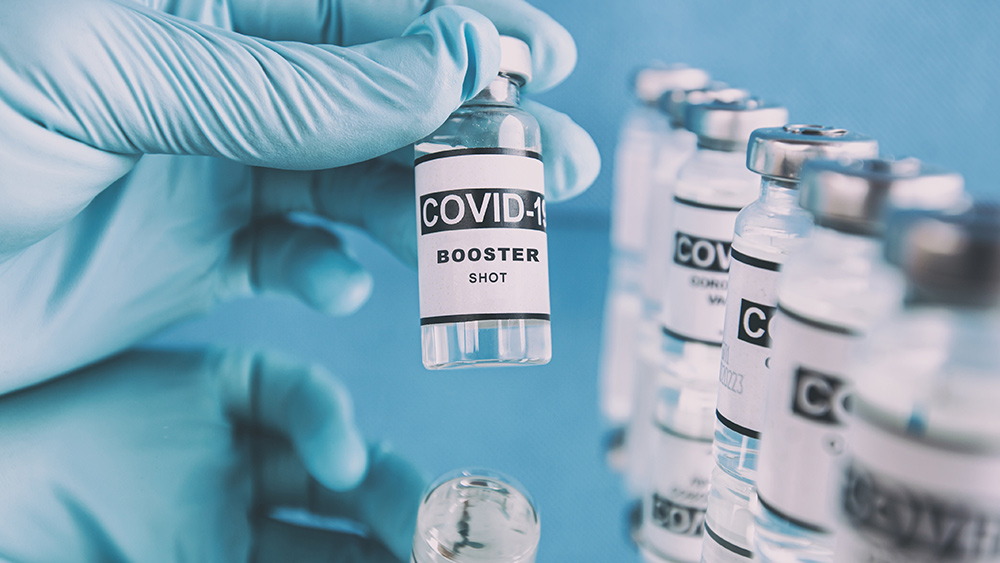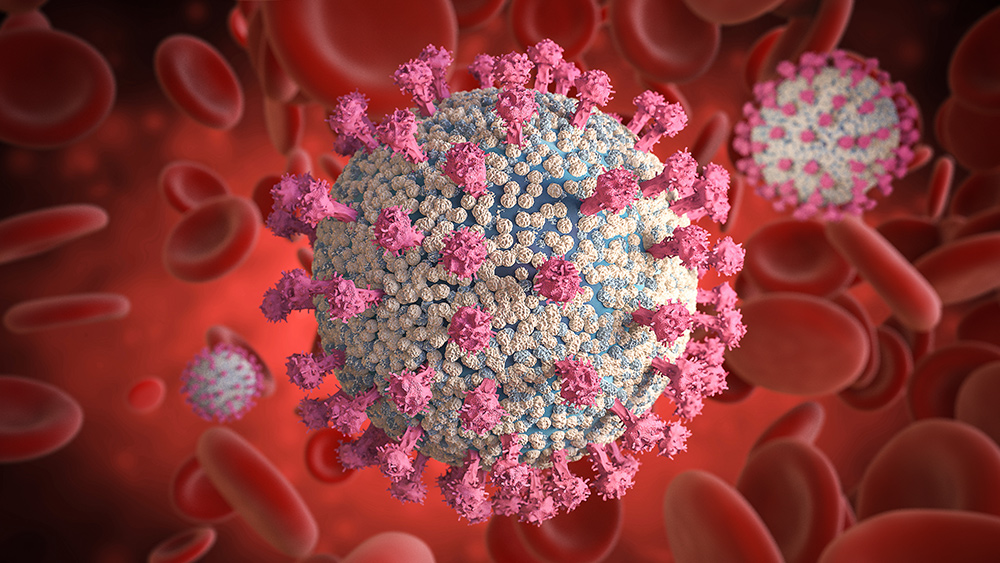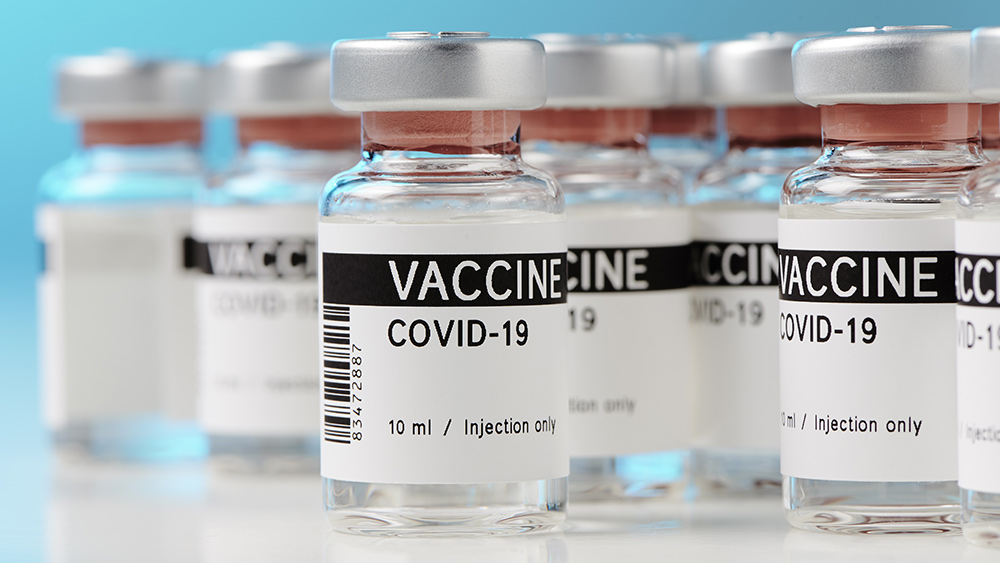‘Spartacus’: The Weaponization of Biotech Part 4
07/07/2022 / By News Editors

“The unregulated advancement of biotech is creating a new arms race and threatening our personal autonomy.” – Spartacus
(Article by Rhoda Wilson Republished from Expose-News.com)
A document posted online under the name “Spartacus” went viral in 2021. The ‘Covid letter’ summed up the state of the ‘pandemic’ at the time, calling out the so-called ‘science’ attributed to Covid-19 and the vaccines. Since then, Spartacus has written several documents including ‘Covid-19: A Web of Corruption’ and a four-part series ‘Covid-19: Deep Dive’.
Below is the latest article published by Spartacus, ‘The Weaponization of Biotech’:
“After our previous article on this topic, I was asked by someone off-site to cite specific examples of biotechnology that could be misused for nefarious purposes, or could have utility as clandestine military or intelligence tools. It was a fair criticism. I listed off a number of technologies that could have such uses, but did not cite any specific articles to make my case. This article will address that deficiency.”
We are publishing Spartacus’ this document in sections for those who struggle to find the time to read the paper in full in one sitting. This is the fourth in our series.
Gene Editing With CRISPR
CRISPR-Cas9 is a method of editing genes in eukaryotic cells that was devised a decade ago. It is based on the function of a protein found in strep bacteria that is used to recognize and attack the genetic material of bacteriophages by cleaving the foreign DNA. Researchers discovered that Cas9 nucleases can be loaded with a guide RNA and sent to cleave specific parts of the genome in a eukaryotic cell, like a laser-guided pair of molecular scissors.
This technique is already seeing wide usage in biotechnological contexts. It could also be used to engineer cells and tissues by adding genes that code for wholly synthetic proteins not found in nature, which brings us to our next point.
Protein Design
Proteins are finicky things. They’re one of the fundamental building blocks of all life forms, consisting of chains of amino acids that fold in on themselves into various shapes. However, deducing how proteins fold is a serious computational challenge. Many years and a great deal of supercomputer (and distributed supercomputer) time have been dedicated to the task, and now, we are on the verge of designing whole new proteins from scratch. Since protein engineering by hand is beyond the mental capacity of most human beings, due to the many highly complex interactions found in these molecules, scientists are now using computational, machine-learning-based, iterative approaches to protein design. This has led to the creation of a whole new field known as CPD, or computational protein design.
Evolution has given us proteins that perform amazingly complex tasks in living systems, each molecule appearing “custom-built” for its particular purpose. Protein design seeks to enable the “custom building” of proteins at will, for specific tasks, without waiting for evolution. This is a grand challenge, because how a protein’s 3-dimensional structure and function are encoded in its amino acid sequence is exceedingly difficult to model. In this paper, we argue that sequence–structure encodings can instead be learned directly from proteins of known structure, which enables an approach to design. We are at an exciting time in protein science, where emergent principles inferred from data may allow us to make headway in cases where application of first principles is challenging.
Protein design is a problem that gets easier and easier as Moore’s Law marches on, and this computationally-intensive task is performed by ever-more-sophisticated computers.
What could you do with protein design? I think the more pertinent question here is, what couldn’t you do? There are proteins in humans and animals that perform an endless array of functions, from assembling and cutting nucleic acids (polymerases and nucleases), to cutting other proteins (proteolytic enzymes), to relaying signals around the body (membrane-bound receptors). Protein design is life design. It is an immensely powerful tool.
It is also a means of creating novel weapons. By transfecting genetic material into someone’s cells that generates a designer protein with toxic effects, you can make them very, very ill indeed.

Read more at: Expose-News.com
Submit a correction >>
Tagged Under:
biological warfare, biotechnology, bioterrorism, biowar, bioweapons, conspiracy, covid-19, CRISPR, gene editing, genetic lunacy, infections, outbreak, pandemic, protein design, research, science deception, science fraud, Spartacus
This article may contain statements that reflect the opinion of the author




















